https://en.wikipedia.org/wiki/John_Burroughs_Medall
|
My interview with David George Haskell, a finalist for the 2023 Pulitzer Prize in General Nonfiction, appears in the online magazine, The Hellbender Press https://hellbenderpress.org/news/the-sounds-of-science. Another of Haskell's books, The Songs of Trees, won the John Burroughs Medal awarded by the John Burroughs Association.
https://en.wikipedia.org/wiki/John_Burroughs_Medall
0 Comments
Miscellaneous Published Works
My nonfiction piece, “How I Became a Poet appeared in Waxing and Waning https://www.waxingandwaning.org/issue-11/how-i-became-a-poet-by-ray-zimmerman-_cnf_/. My article telling the story of the Audubon Acres property appears in The Tennessee Conservationist https://digital.tnconservationist.org/publication/?i=725674&article_id=4139768&view=articleBrowser&ver=html5. My article about snorkeling in Appalachia appeared in Appalachian Voice https://appvoices.org/2022/08/25/snorkelers-explore-appalachia/. An earlier version appeared in a previous issue https://appvoices.org/2020/09/09/snorkel-appalachia-freshwater/ My article about hawk migration also appeared in Appalachian Voice https://appvoices.org/tag/hawk-count/. My short story “Family” appeared in the 2022 edition of the Mildred Haun Review, page 55, https://www.ws.edu/_media/pdf/special-events/mildred/review/2022-review.pdf. My fictional work, "Life After Writing," won the Chattanooga Writers Guild October 2020 Contest prose division and appeared on their web page. https://chattanoogawritersguild.files.wordpress.com/2020/12/10-2020-ray-zimmerman-life-after-writing.pdf My poem, "Hellbender," won the third-place award in the Age 65 and Older division of the Poets Playground contest of Tennessee Magazine and appeared on their web page. https://www.tnmagazine.org/poets-playground-nov-2020-winners/ My photograph of a green heron appears on the May page of the Chattanooga Audubon Society's 2021 Calendar. https://www.facebook.com/ChattAudubon/photos/pcb.3547388681987441/3547386528654323/ We’re delighted to announce our latest anthology, coming in August.
Spark Birds gathers the best stories, essays, and poems about birds from forty years of Orion. In it, you’ll find owls, cranes, thrushes, finches, penguins, petrels, and buzzards—and the people who love them, including Brian Doyle, John Freeman, Elizabeth Kolbert, J. Drew Lanham, Mary Oliver, Emily Raboteau, Sandra Steingraber, and Terry Tempest Williams. Co-edited and introduced by Jonathan Franzen. In the spirit of the trees that provide birds shelter, the book will be printed as gently as possible on 100% post-consumer waste paper, processed without chlorine, and kept free of plastic. This is a press release from the Tennessee Aquarium
View footage of two Arakan Forest Turtle hatchlings at the Tennessee Aquarium at https://youtu.be/X2tw0QXUc24 Attached images (credit: Tennessee Aquarium/Doug Strickland)
Writer: Casey Phillips Precious pair Tennessee Aquarium hatches two critically endangered turtles, first by a zoo or aquarium in six years Chattanooga, Tenn. (March 30, 2023) – From being exploited for food and collected to supply a bustling pet trade to the catastrophic destruction of their habitat, many Asian turtles’ prospects for survival are new-moon dim. However, this week, a glimmer of hope arrived for one tremendously imperiled species with the hatching of two Arakan Forest Turtles at the Tennessee Aquarium. No zoo or aquarium has successfully bred this species since the hatching of a single individual at the California-based Turtle Conservancy in 2017. A predominantly terrestrial species, Arakan Forest Turtles are only found in bamboo and old-growth forests in the Arakan Mountains of extreme southeastern Bangladesh and western Myanmar. The International Union for Conservation of Nature (IUCN) now classifies the species now as critically endangered. “It feels pretty good to see these guys hatching,” says Bill Hughes, the Aquarium’s herpetology coordinator. “This species was managed under a Species Survival Plan, but it’s not anymore because so few zoos and aquariums have Arakan Forest Turtles.” “But,” Hughes adds, “I maintain the official records for all of institutions accredited by the Association of Zoos and Aquariums that care for this species. I don’t get to do many updates for the book these days, so if nothing else, now I have some data entry to do, and that excites me.” As rare as they are today, Arakan Forest Turtles were once believed to be extinct. They disappeared from view in 1908 but were rediscovered at an Asian food market in 1994. Since its reappearance, only a handful of accredited zoos and aquariums, including the Tennessee Aquarium, have worked to harbor and breed a population of Arakan Forest Turtles to remain protected in human care. The parents of these adorably teeny turtles are a pair of adults hatched at Zoo Atlanta and sent to the Aquarium as juveniles. The female laid a clutch of five eggs in late November of 2022. The first hatchling, measuring less than three inches long, emerged overnight from its oblong egg in an off-exhibit incubator on Thursday, March 23. The second followed four days later. These are the first Arakan Forest Turtles ever hatched at the Tennessee Aquarium. Viewable inside the working turtle nursery in the Aquarium’s Turtles of the World gallery, these latest additions to the population of Arakan Forest Turtles will serve a vital role as representatives of their wild brethren to the public, Hughes says. “This is a big moment for us as an institution,” he says. “Most people don’t know what an Arakan Forest Turtle is, and if you don’t know about something, maybe you don’t care about it. “By hatching some little, obscure turtle from Myanmar and Bangladesh and going — ‘Look at this interesting little turtle. It’s rare and endangered in the wild’ — these guys act as ambassadors for their species, letting the public know there’s a problem.” These hatchlings are the latest success story in the Tennessee Aquarium’s long history of preserving and protecting imperiled turtles. In 2007, the Aquarium celebrated the first-recorded hatching of the critically endangered Beal’s Four-eyed Turtle at a North American facility. Since then, the Aquarium has hatched 18 Beal’s Four-eyed Turtles and 47 of the closely related Four-eyed Turtles, which is also classified as critically endangered. ### The mission of the Tennessee Aquarium is to connect people with nature and inspire them to make informed decisions about water and wildlife. Admission is $39.95 per adult and $29.95 for youths ages 5-17. Each ticket purchased helps support Aquarium conservation programs. The IMAX® 3D Theater is next door to the Aquarium. Ticket prices are $9.95. Advance tickets may be purchased online at www.tnaqua.org or by phone at 1-800-262-0695. The Aquarium, located on the banks of the Tennessee River in Chattanooga, is a non-profit organization. Open every day except Thanksgiving and Christmas, the Aquarium and IMAX are accessible to people with disabilities My Works in the Chattanooga Pulse:
An Article About Chattanooga Conservationist Robert Sparks Walker https://www.chattanoogapulse.com/features/pulitzer-prize-nominee-has-won-all-the-hearts-of-chattanooga/ An article about the Chattanooga open mic poetry scene just before Covid-19 hit. https://www.chattanoogapulse.com/features/chatty-on-the-mic/ An article about fresh-water snorkeling https://www.chattanoogapulse.com/arts_entertainment/entertainment-news/from-page-to-screen-casper-cox-searches-for-hidden-rivers/ A Review of a Poetry Collection by Helga Kidder https://www.chattanoogapulse.com/arts_entertainment/the-written-word/reviewing-helga-kidders-latest-collection-of-poetry/ A Review of a Poetry Collection by Finn Bille https://www.chattanoogapulse.com/arts_entertainment/the-written-word/reviewing-finn-bille-s-new-book-of-poetry-the-kings-coin/ A Prize-Winning Essay https://www.chattanoogapulse.com/arts_entertainment/the-written-word/the-dance-of-leaves/ Here are links to a few of my published works.
This first batch in from Hellbender Press
These photos are courtesy of the Oceanic Research Group. The following information is from their press release. Ancient Caves 3D Trailer: https://www.youtube.com/watch?v=MSZL9YbXDGs
Flight of the Butterflies 3D Trailer: https://www.youtube.com/watch?v=Nww3L5b0wno Spider-Man: Across the Spider-Verse Trailer: https://www.youtube.com/watch?v=cqGjhVJWtEg Transformers: Rise of the Beasts Trailer: https://www.youtube.com/watch?v=itnqEauWQZM&t=75s The Flash Trailer: https://www.youtube.com/watch?v=hebWYacbdvc Attached images: Credit Oceanic Research Group
The Chattanooga chapter of TOS will have its monthly meeting at 7:00 PM this Thursday evening (June 8) at Ascension Lutheran Church, 729 South Germantown Rd in East Ridge, Tn. 37412. The program will be presented by Eliot Berz, who is with the Tennessee River Gorge. Eliot's program will be about their research tracking the movement of Belted Kingfishers in our area. Also he will give us an update on tracking the movements of Louisiana Waterthrushes and Worm-eating Warblers.
This is a press release from the North Carolina Wildlife Resources Commission, posted as received. I have only eaten bear once, but it was tasty.
FOR IMMEDIATE RELEASE North Carolina’s Bear Harvest Sets Record for 2022 Season RALEIGH, N.C. (June 7, 2023) — Results from the N.C. Wildlife Resources Commission’s 2022 annual bear harvest summary show that hunters statewide recorded the highest harvest total on record at 4,056 bears — an 11% increase compared to the previous season. Record-breaking harvest totals were recorded in the Coastal and Mountain Bear Management Units (BMU), 2,533 and 1,468, respectively. The Piedmont BMU experienced its third-highest recorded harvest of 55 bears. “The increase in the harvest in the Mountain BMU likely reflects the influence of the poor acorn crop we observed in the fall 2022 in this region,” said Colleen Olfenbuttel, the black bear & furbearer biologist for the Commission. “Acorn production has been surveyed by the Wildlife Commission for 40 years and when acorn production is poor, bears will move more in search of fall foods, making them more vulnerable to both vehicle mortality and legal hunter harvest. For the Coastal BMU, the record harvest reflects the continued interest, both locally and nationally, in bear hunting in this region due to its reputation for large bears and, in some areas, high bear densities.” Most of the bear harvest occurred in the Coastal BMU (63%), followed by the Mountain BMU (36%) and Piedmont BMU (1%). This is a trend that has stayed the course since the mid-1990s. Other season results showed: Statewide, most bears were harvested on private lands with 16% of the harvest occurring on Commission game lands. In the Mountain MBU, 34% of the harvest occurred on Commission game lands. Most successful hunters used the assistance of dogs for harvesting bears; however, the number of still hunters increased, with 41% of successful bear hunters reporting they used still hunting to harvest their bear in 2022. This is the highest percentage since the Commission started requesting this information via the Big Game Harvest Report in 2009. “Bear hunting seasons are highly regulated and play a key role managing local bear populations, helping to resolve agricultural damage, reinforce a bear’s natural fear of people, and providing wild game meat to communities and families,” Olfenbuttel said “The 2022 bear harvest produced an estimated 591,700 plates of food, providing an important source of sustenance for many North Carolinians.” Commission staff closely monitor trends in the harvest, including the female bear harvest, which was up 11% in 2022, comprising 40% of the statewide reported harvest. Since the 2015 bear season, the Coastal BMU had the highest ratio of females (43%) comprising the harvest among the three BMUs. “The Commission works continuously to assure bear hunting seasons remain sustainable so that we can continue to maintain our successfully restored bear population,” Olfenbuttel said. “Based on our most current data, we are meeting the population objective for the Coastal BMU, which is to stabilize population growth.” Biologists conduct research and monitoring efforts in all BMUs to have the best science to evaluate and inform current and future management decisions. This includes a bear population and density study they recently conducted in the Mountain BMU and a similar study currently being conducted in the Coastal BMU. “These studies, in addition to other data, will assure our continued success in meeting our goal for the bear population, which is to use science-based decision making and biologically sound management principles to manage black bear populations in balance with available habitats and human expectations to assure long-term existence and hunting opportunities,” Olfenbuttel said. Mandatory Bear Tooth Submission Program Helps Biologists Monitor Bear Population Trends In 2021, with support from the N.C. Bear Hunters Association and the state’s bear hunters, the agency began requiring bear hunters to submit a premolar tooth from their harvested bear. The data gained from the tooth provides the Commission with information about the age structure of the harvest, which is used to monitor trends in the bear population and evaluate impacts of current and proposed changes to hunting season structures. After submitting their harvested bear tooth, hunters receive a hat and the age of their harvested bear. “The mandatory tooth program has been enthusiastically embraced by our bear hunters, who for decades, have played a key role in assisting with our agency’s efforts to restore, and now manage, North Carolina’s bear populations,” said Olfenbuttel. The Commission posts its annual harvest summaries on the black bear webpage under the Surveys and Reports section. A comprehensive Bear Annual Report is published in the late fall. The report is available on the agency’s website https://www.ncwildlife.org/Portals/0/Hunting/Documents/Bear/NCWRC_Annual_Bear_Report_data_through_2021.pdf. About the N.C. Wildlife Resources Commission Since 1947, the N.C. Wildlife Resources Commission has been dedicated to the conservation and sustainability of the state’s fish and wildlife resources through research, scientific management, wise use and public input. The Commission is the state regulatory agency responsible for the enforcement of fishing, hunting, trapping and boating laws and provides programs and opportunities for wildlife-related educational, recreational and sporting activities. Purchase or a renew a fishing, trapping and hunting license and renew a vessel registration online at ncwildlife.org. Get N.C. Wildlife Update — news including season dates, bag limits, legislative updates and more — delivered free to your Inbox from the N.C. Wildlife Resources Commission. |
Archives
April 2024
Categories |
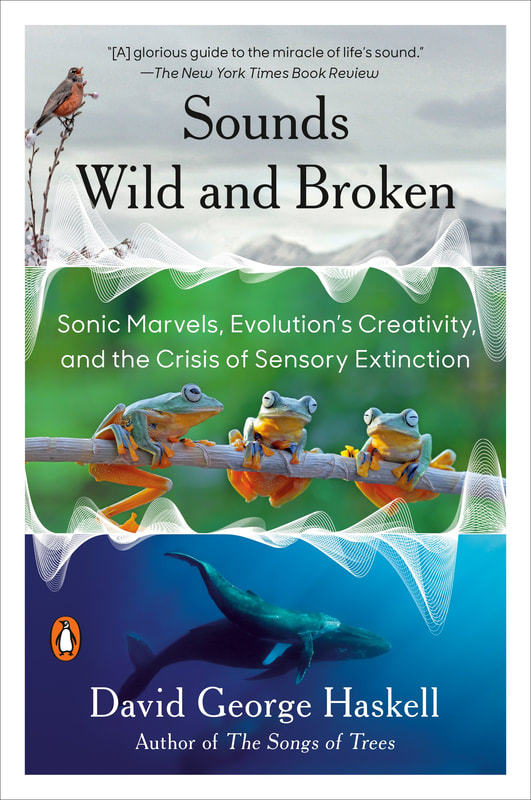



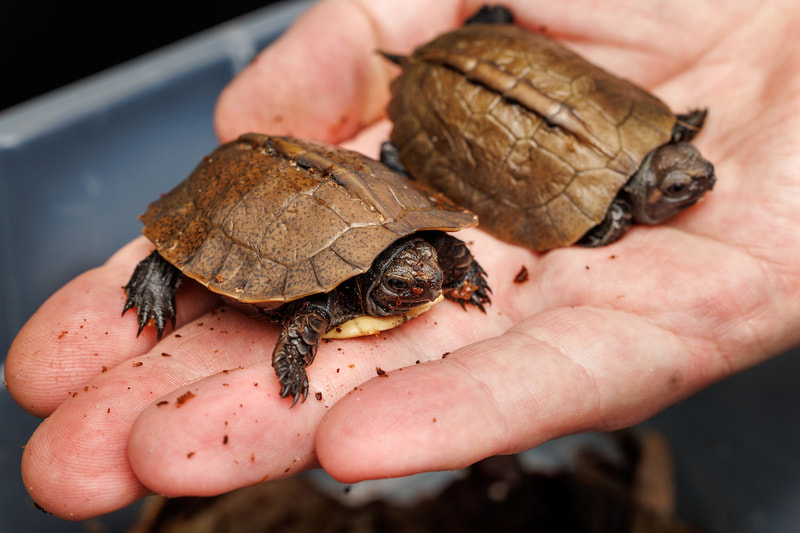
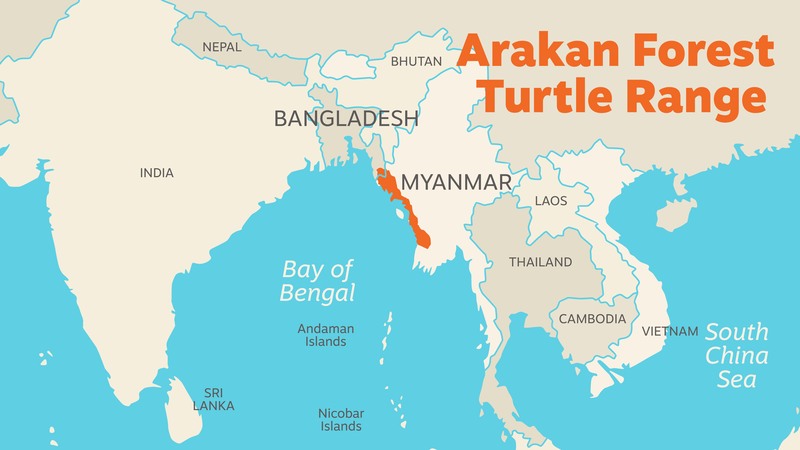

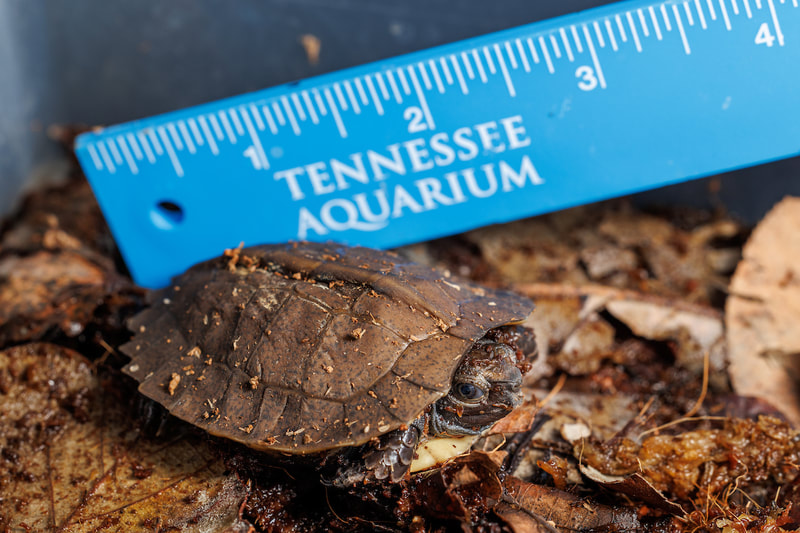

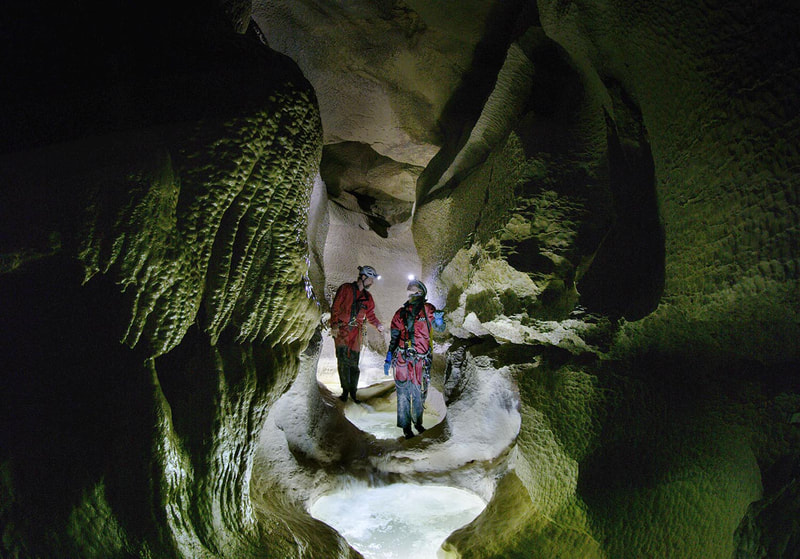
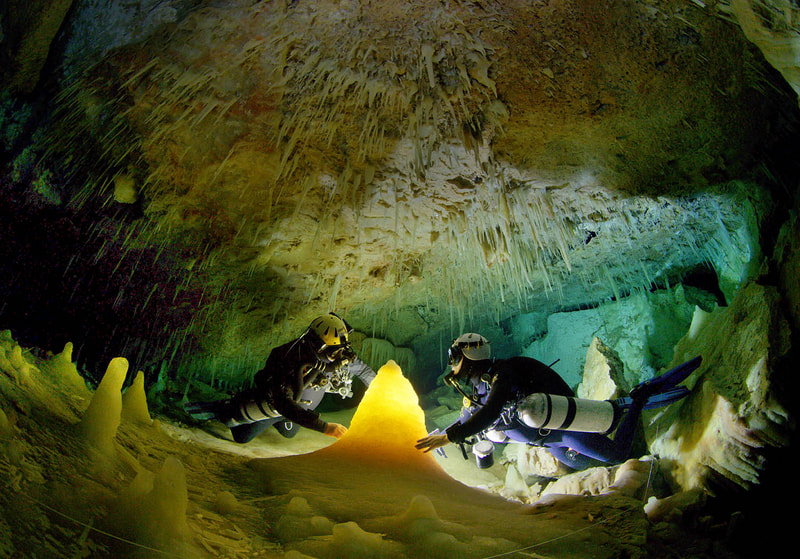
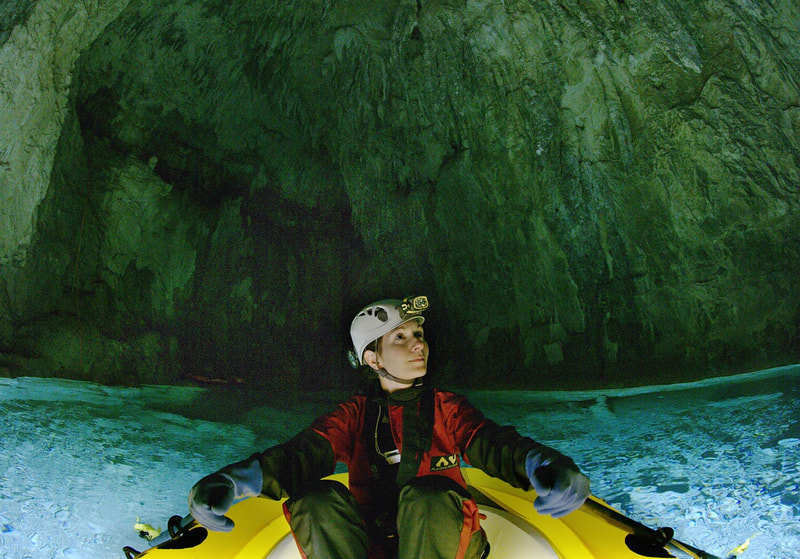
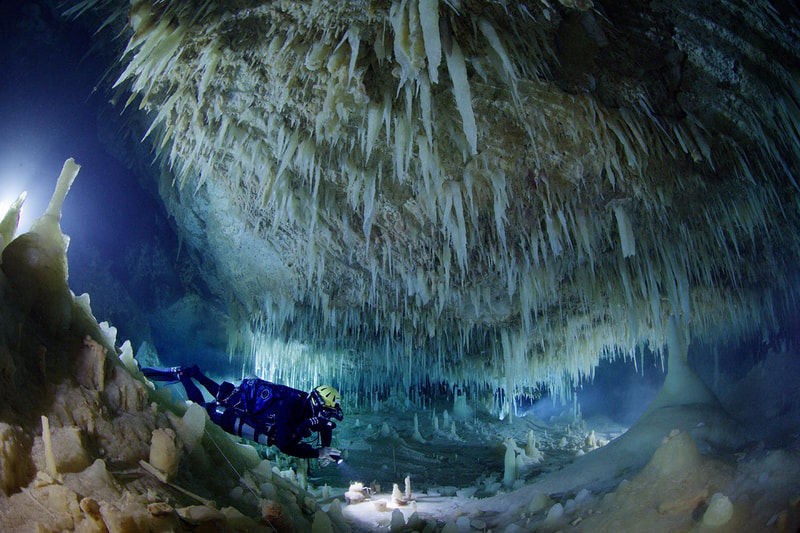
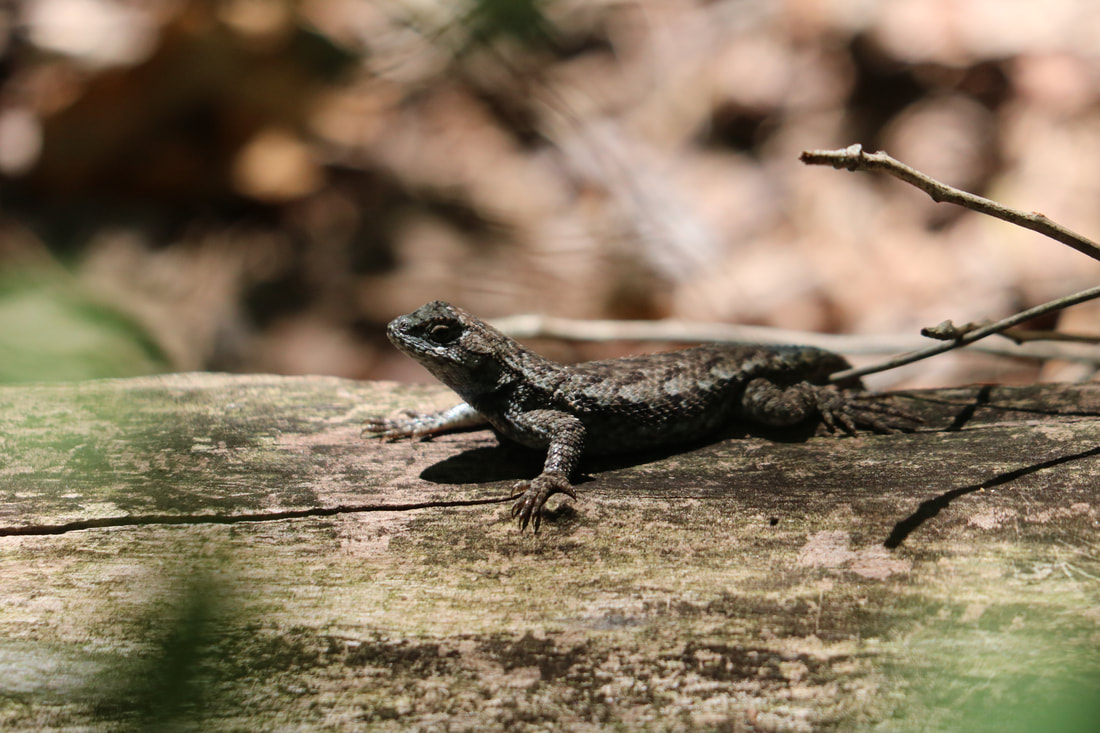
 RSS Feed
RSS Feed